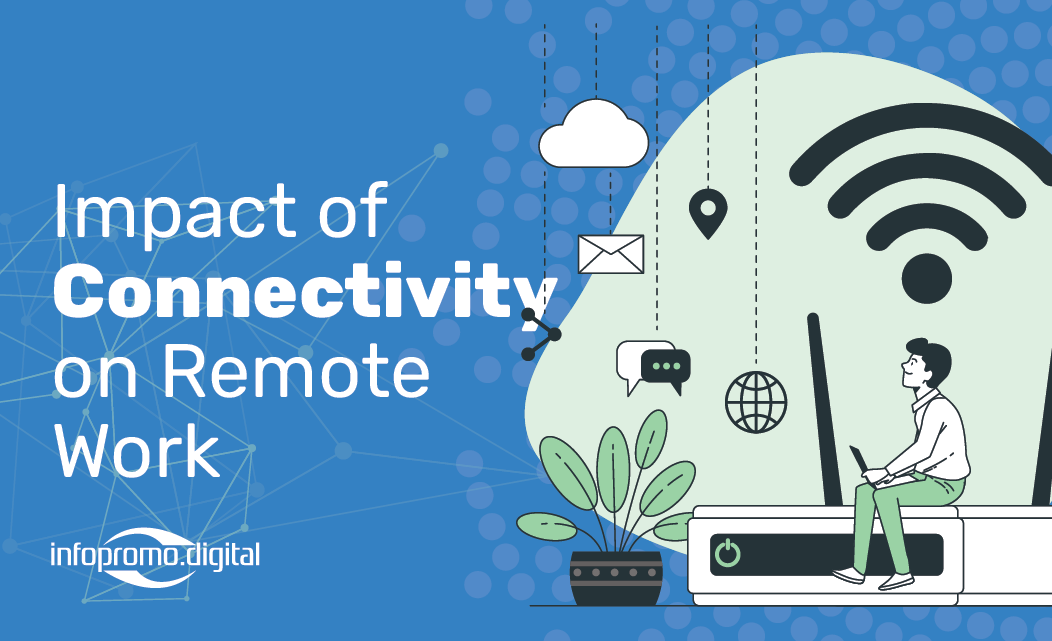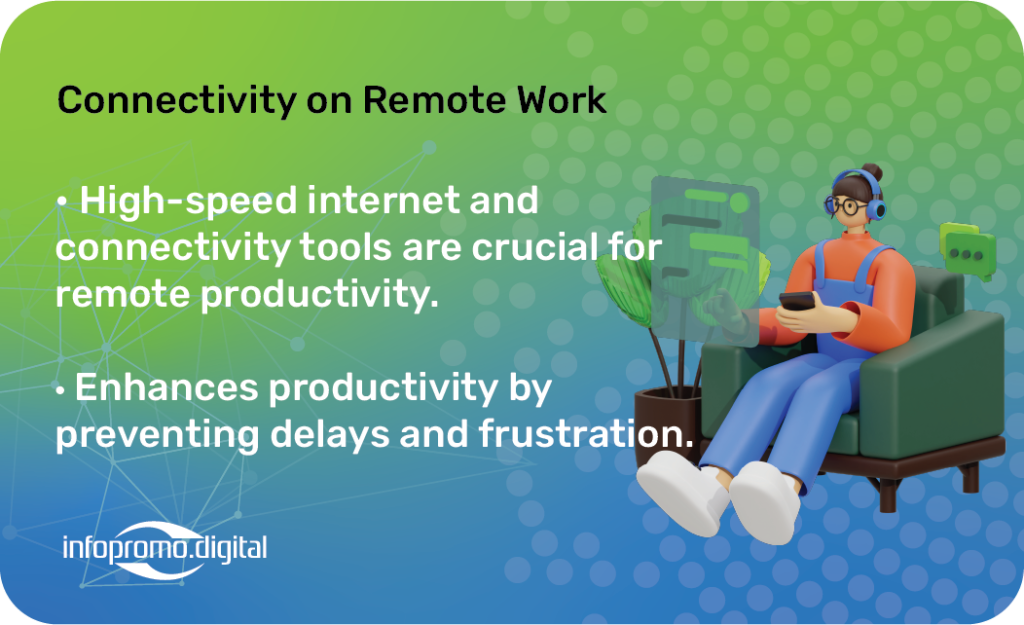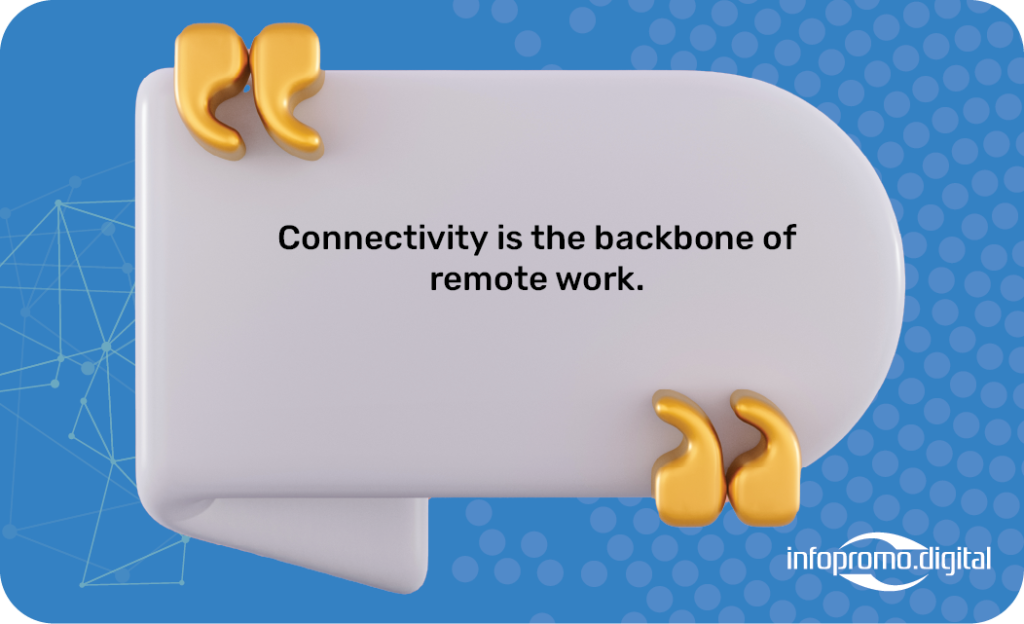
In the era of digital transformation, remote work has emerged as a dominant trend, reshaping the traditional workplace landscape. As organizations continue to embrace remote work, the importance of robust connectivity cannot be overstated. Connectivity plays a pivotal role in enabling remote productivity, fostering collaboration, and ensuring seamless communication. This blog delves into the evolving landscape of remote work and the critical role connectivity plays in this paradigm shift.

The Evolution of Remote Work
Remote work has evolved from a niche practice to a mainstream work model. Technological advancements and the global pandemic have accelerated this shift, making remote work a viable option for many industries. High-speed internet, cloud computing, and collaboration tools have become essential components of the remote work ecosystem. These technologies have enabled employees to work from anywhere, breaking down geographical barriers and expanding talent pools.
The Role of Connectivity in Remote Work
Connectivity is the backbone of remote work. Without reliable internet connections, remote work would be impractical. High-speed internet ensures that employees can access company resources, attend virtual meetings, and collaborate in real-time. It also supports the use of cloud-based applications, which are crucial for document sharing, project management, and team collaboration.
Enhancing Productivity Through Connectivity
A stable and fast internet connection is directly linked to productivity. Slow or unreliable connections can lead to frustration, delays, and decreased efficiency. To mitigate these issues, organizations must invest in robust connectivity solutions. This includes providing employees with the necessary tools and resources to maintain a high level of connectivity, such as VPNs, mobile hotspots, and high-speed internet plans.
Connectivity Challenges and Solutions
While connectivity is essential, it also presents challenges. Remote workers may face issues such as network outages, bandwidth limitations, and security concerns. Organizations can address these challenges by implementing comprehensive IT support, regular network assessments, and cybersecurity measures. Ensuring employees have access to technical support and resources can significantly reduce connectivity-related disruptions.

The Future of Remote Work and Connectivity
As remote work continues to evolve, so will the technologies that support it. The future of remote work will likely see advancements in connectivity solutions, such as 5G networks, improved video conferencing tools, and enhanced cybersecurity protocols. Organizations that prioritize connectivity will be better positioned to navigate the remote work landscape and maintain high levels of productivity.
Conclusion
Connectivity is a cornerstone of remote work, enabling employees to stay productive and connected. As the remote work landscape continues to evolve, organizations must prioritize robust connectivity solutions to support their remote workforce. By addressing connectivity challenges and investing in future-proof technologies, businesses can ensure that their remote teams remain efficient and engaged.




